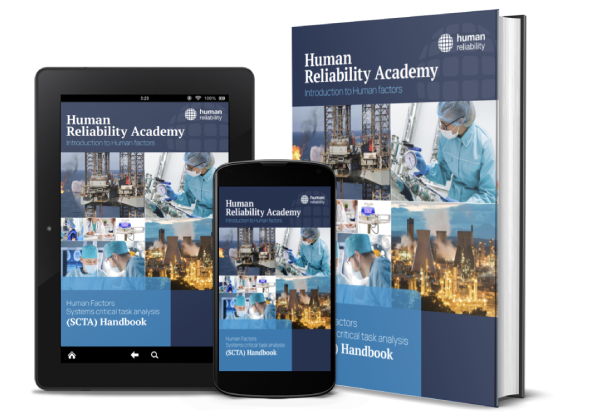We recently developed and delivered a new course to raise awareness of Human Factors in Process Design, i.e. Topic 2 of the Human Factors COMAH Delivery Guide. It was a one-day course, delivered virtually over two half days that followed our blended approach to online learning.
The first half day introduced the thinking and mindset we use in Human Factors work for design, around usability, user-centred design (UCD) and the design of everyday things. It allowed me to bring in some material I developed a while back, like Microwave Racing which shows that people still struggle to design intuitive interfaces for common everyday appliances and leaves open the question about whether we always get this right for safety critical contexts. Jamie Henderson went through some case studies of design issues he has come across on his 20yrs of working with COMAH sites.
The second half day was more aligned to the management of Human Factors Engineering for project work, following standards and guidance like IGOP Report 454. Including things like screening, what goes into a Human Factors Integration Plan and related activities. Alex Riley led on this second part of the course, who brought in recent experiences from working with clients in this area. He was supported by Richard Marshall who contributed to reviewing the IOGP Report 454 as part of his EI Human and Organisational Factors Committee (HOFCOM) role.
For a more detailed course curriculum visit the Human Reliability Academy: https://the.humanreliabilityacademy.com/courses/introduction-to-human-factors-for-process-design-NG
Get in touch if you want a group from your organisation to do this, or if you want to find out when our next open course is. [email protected]














